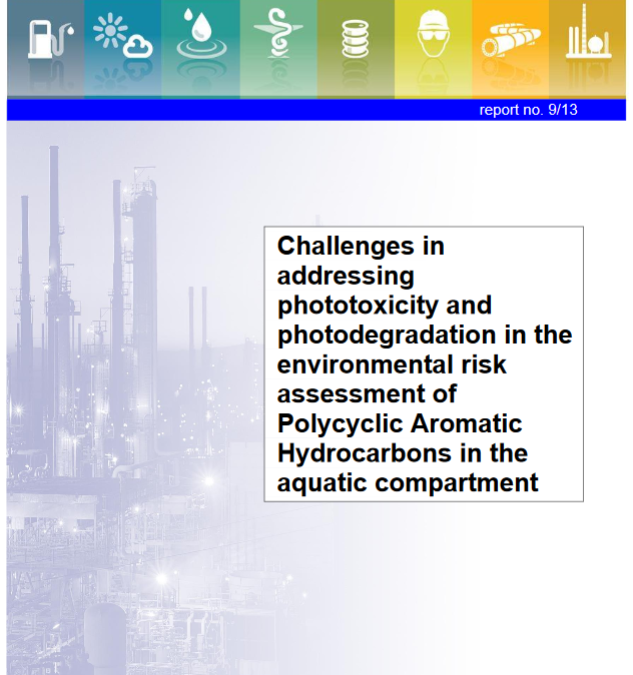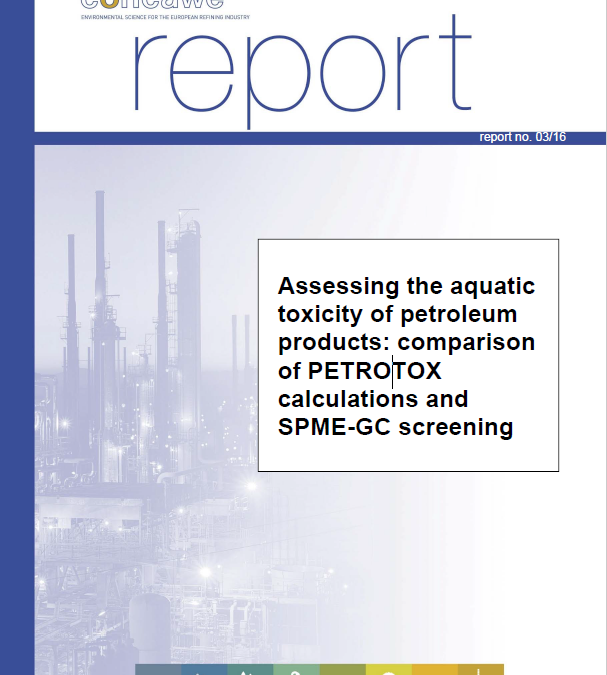

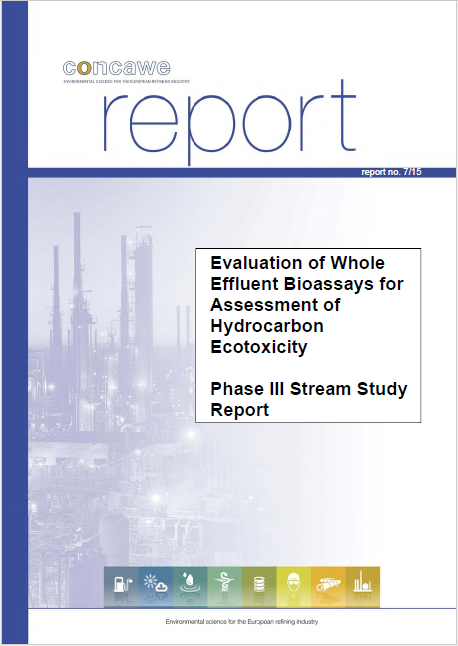
Evaluation of Whole Effluent Bioassays for Assessment of Hydrocarbon Ecotoxicity – Phase III Stream Study
Report no. 7/15: Toxicity predictions based on laboratory- based Whole Effluent Toxicity (WET) tests have been assessed by dosing outdoor stream mesocosms with unmodified and fortified refinery effluents. The tests performed allowed the process effluents to be...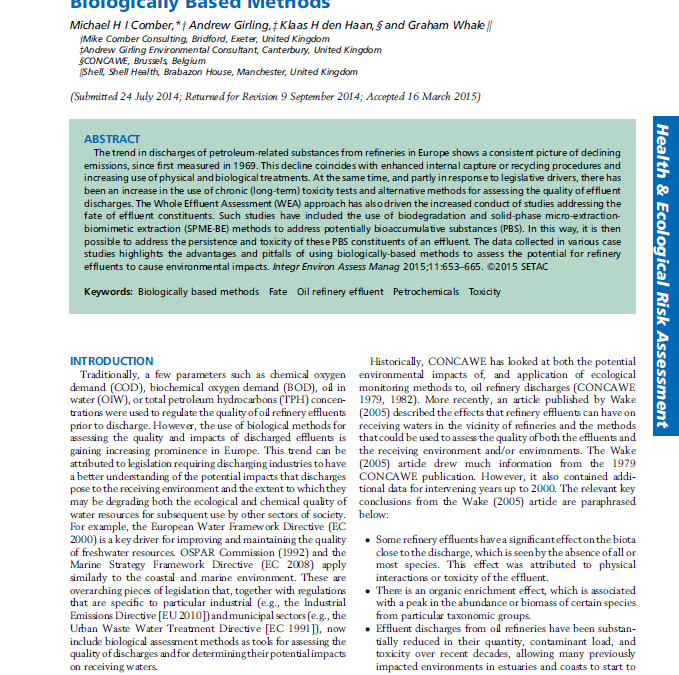
Oil refinery experience with the assessment of refinery effluents and receiving waters using biologically based methods
The trend in discharges of petroleum‐related substances from refineries in Europe shows a consistent picture of declining emissions, since first measured in 1969. This decline coincides with enhanced internal capture or recycling procedures and increasing use of...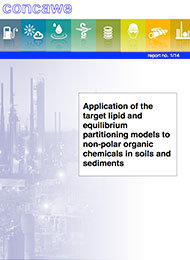
Application of the target lipid and equilibrium partitioning models to non-polar organic chemicals in soils and sediments
The Target Lipid Model (TLM) provides a framework for deriving predicted no effect concentrations (PNEC) for non polar organic chemicals to organisms in the environment. This approach has been used to perform environmental risk assessment of individual hydrocarbons as...